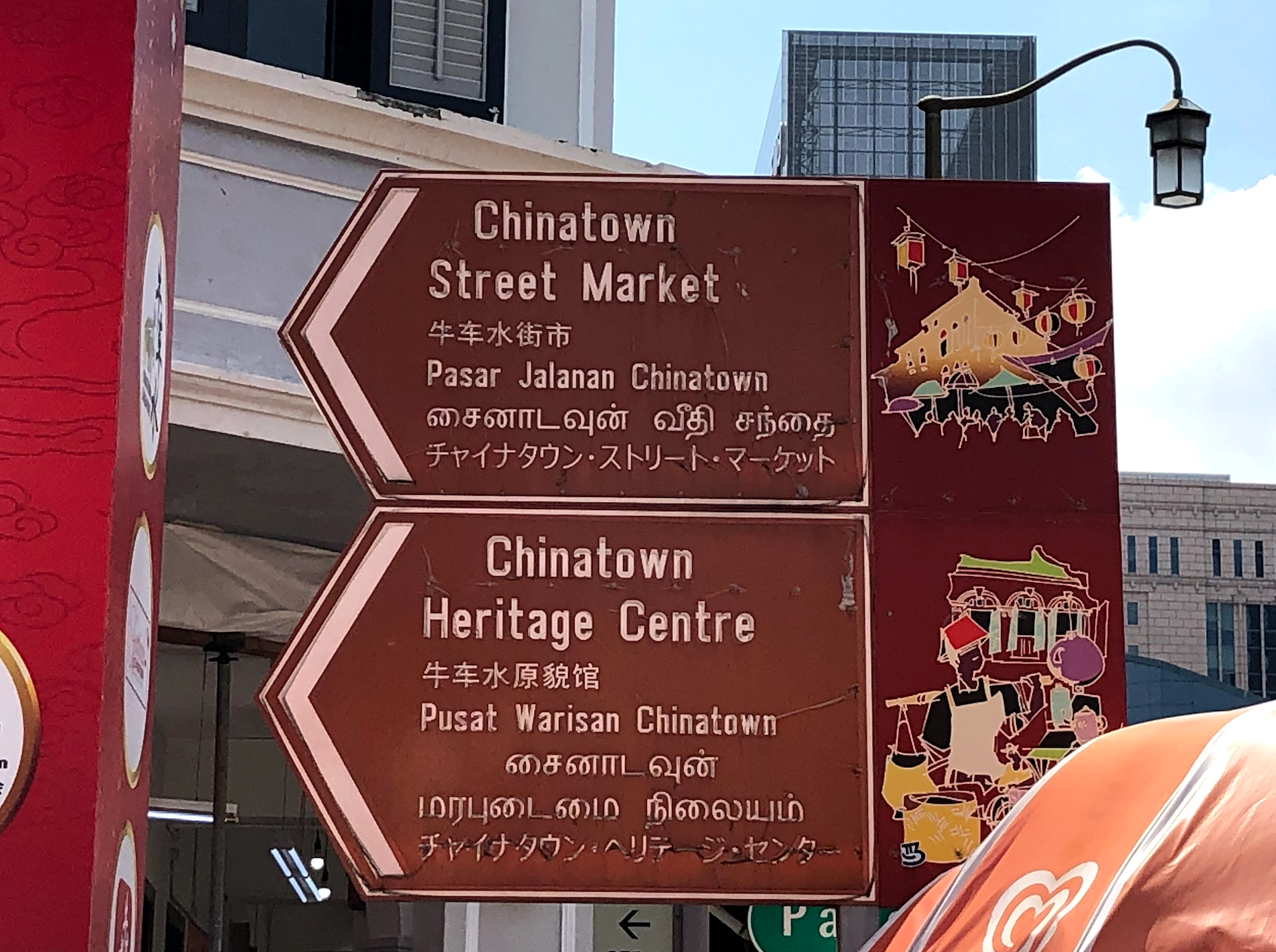After years of decline, the Irish language has seen a recent resurgence.
County Donegal in Ireland, home of one of the largest concentrations of Irish speakers on the island. Giuseppe Milo (www.pixael.com). CC BY 2.0.
Before the 1800s, the Irish language dominated Ireland. Irish, or Irish Gaelic, is in the Celtic language group, related to Scottish Gaelic and Breton, and is one of the oldest languages still in existence today. However, as England gradually conquered Ireland over many centuries, the Irish language began to diminish. Under the dominion of the British crown until 1922, English was the language of the imperial administration. When the Republic of Ireland was founded, only a scattering of people in rural areas of the island could speak Irish.
Today, the Irish language has seen a reversal of fortune. It is now spoken by 1.2 million people, with 98% of them located within the Republic of Ireland. 42% of the Irish population reported to be able to speak Irish in the 2006 census. There is even a part of Ireland called the Gaeltacht where Irish is the primary language in use. How did this resurgence occur?
The interest in the Irish language re-emerged in the late 19th century as Ireland was struggling for independence. Irish nationalists wanted to use the Irish language as a means to differentiate themselves from the English. To “de-anglicize” Ireland, the Gaelic League was founded in 1893 to promote the Irish language. During this Gaelic Revival, as it was soon called, writers started to produce literature in the Irish language while others such as W.B. Yeats produced literature in English but in a distinctively Irish style.
By the mid 20th century, the Irish government, now fully independent from Britain, took on the mantle of the preserver of the Irish language. The government made the Irish language a compulsory subject in school and attitudes toward the language changed. No longer was it seen as a backwards language; the Irish population began to take pride in their language. There are even some schools where Irish is the primary language of instruction.
A sign in both Irish and English representing Irish pride. jodimarr. CC BY-NC 2.0.
Irish was declared an official language of Ireland, requiring the government to provide services and resources in the language. In 2007, it was declared a working language of the European Union. Having official status in Ireland, most public signs are now written in both English and Irish.
But, it is not all good news. While much of the resurgence of the Irish language is occurring largely in urban areas, the Gaeltacht, the area designated by the Irish government as areas where the Irish language predominates, is diminishing. Always having been a rural area with small populations, Gaeltacht, and the youth in the area, is preferring to use English as their primary language rather than Irish.
Irish is now a language of the urban elite, and its turnaround is a linguistic revival unparalleled in modern times except for the case of modern Hebrew, according to Reg Hindley. Visitors to Ireland can tune in to the radio station Raidió na Gaeltachta to hear traditional Irish tunes and watch TG4, the Irish language television station. While there is still work to be done to revive the language even further, the Irish language has grown considerably since Irish independence.
Bryan Fok
Bryan is currently a History and Global Affairs major at the University of Notre Dame. He aims to apply the notion of Integral Human Development as a framework for analyzing global issues. He enjoys hiking and visiting national parks.
















